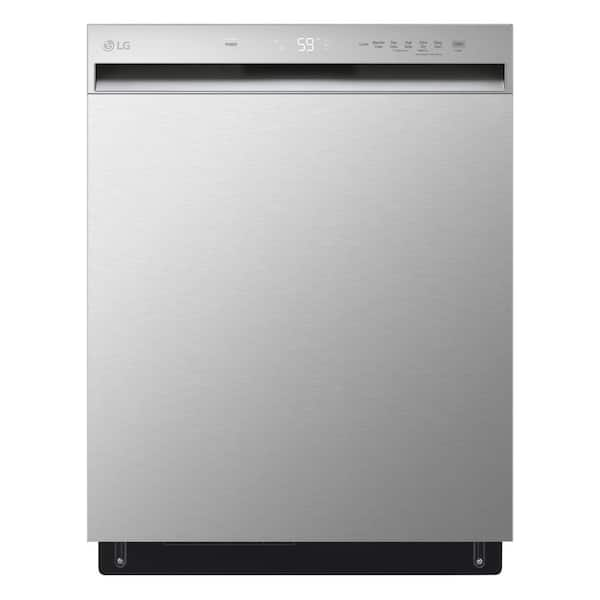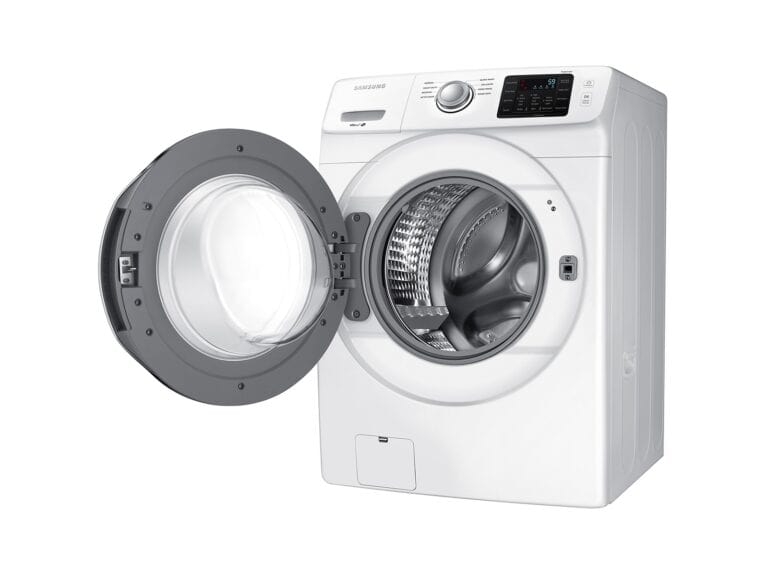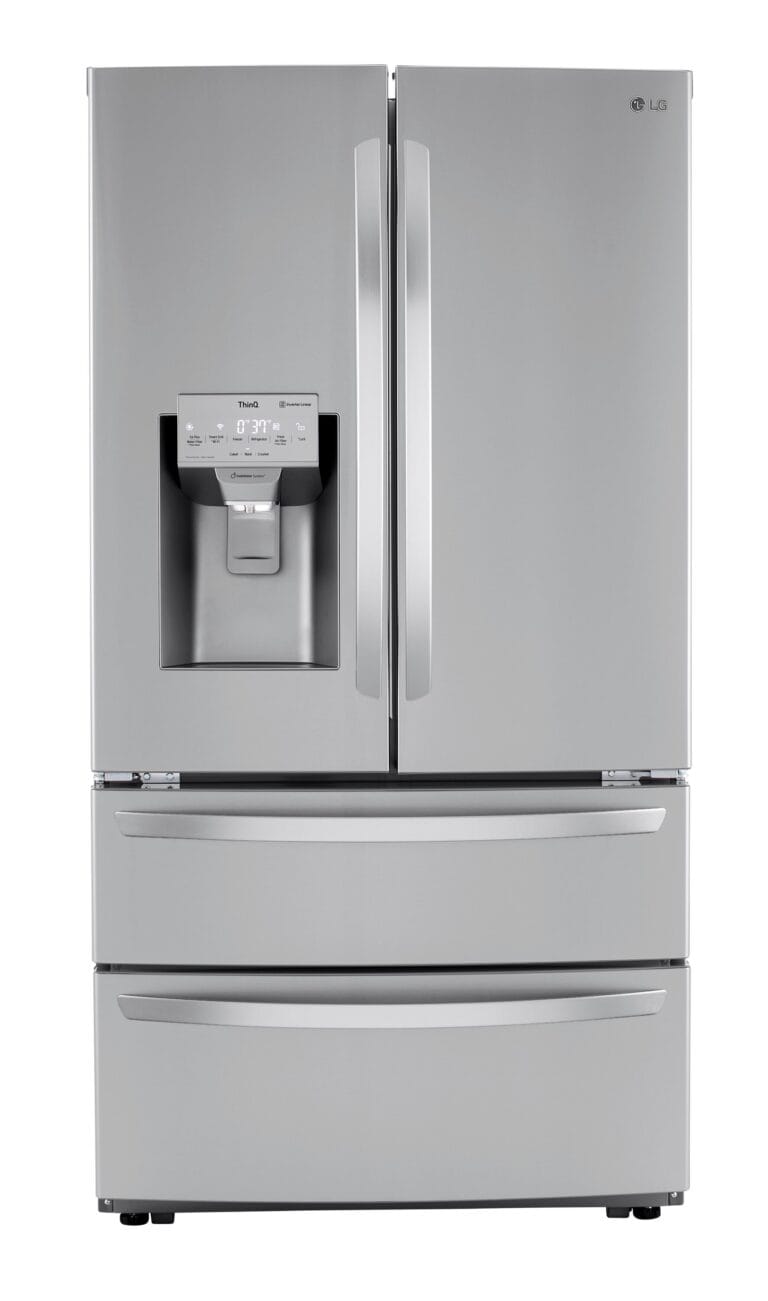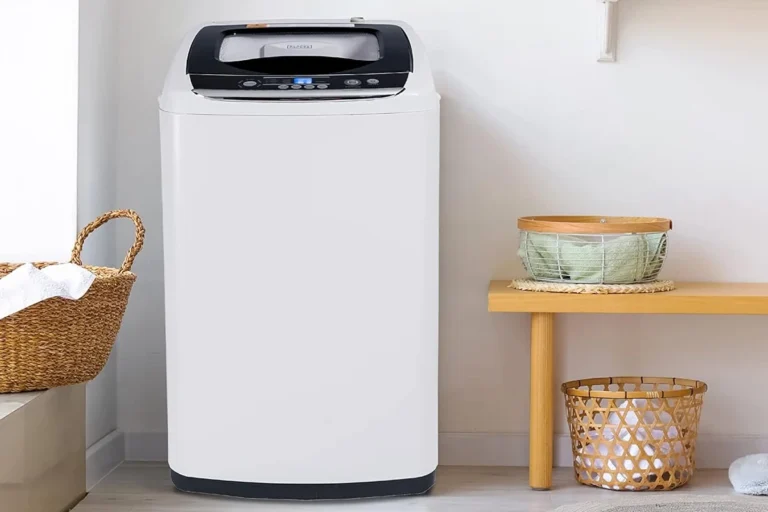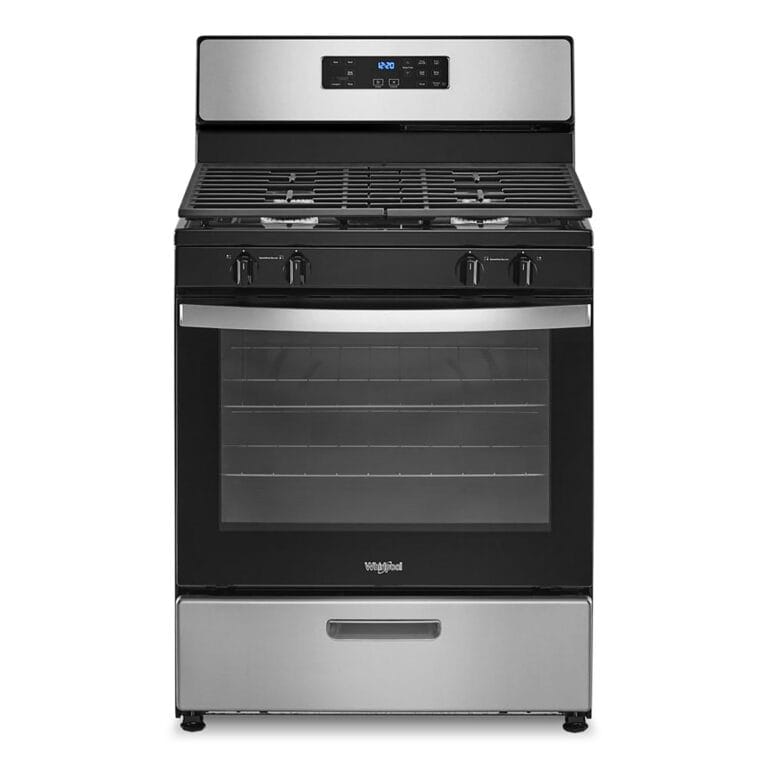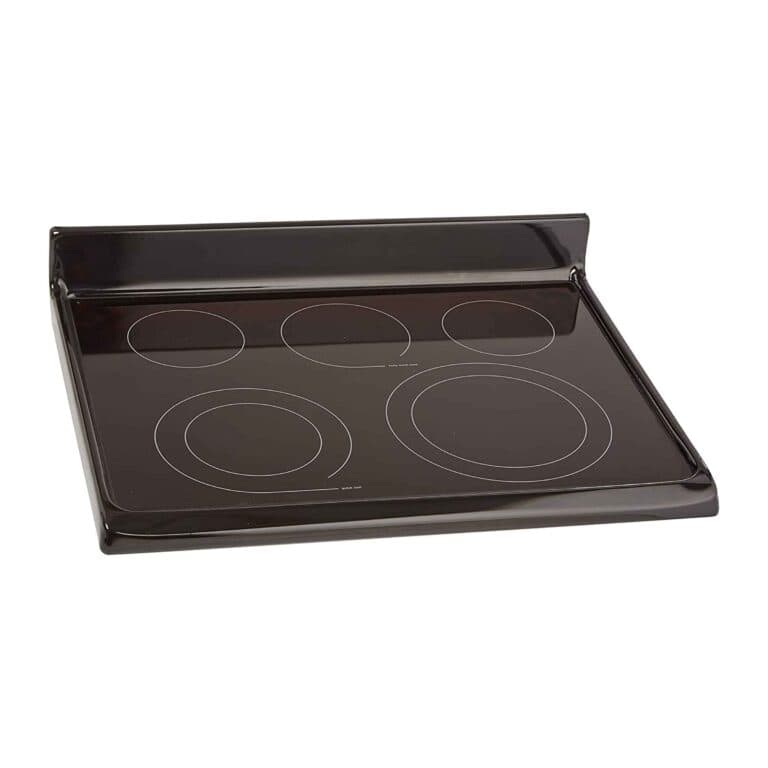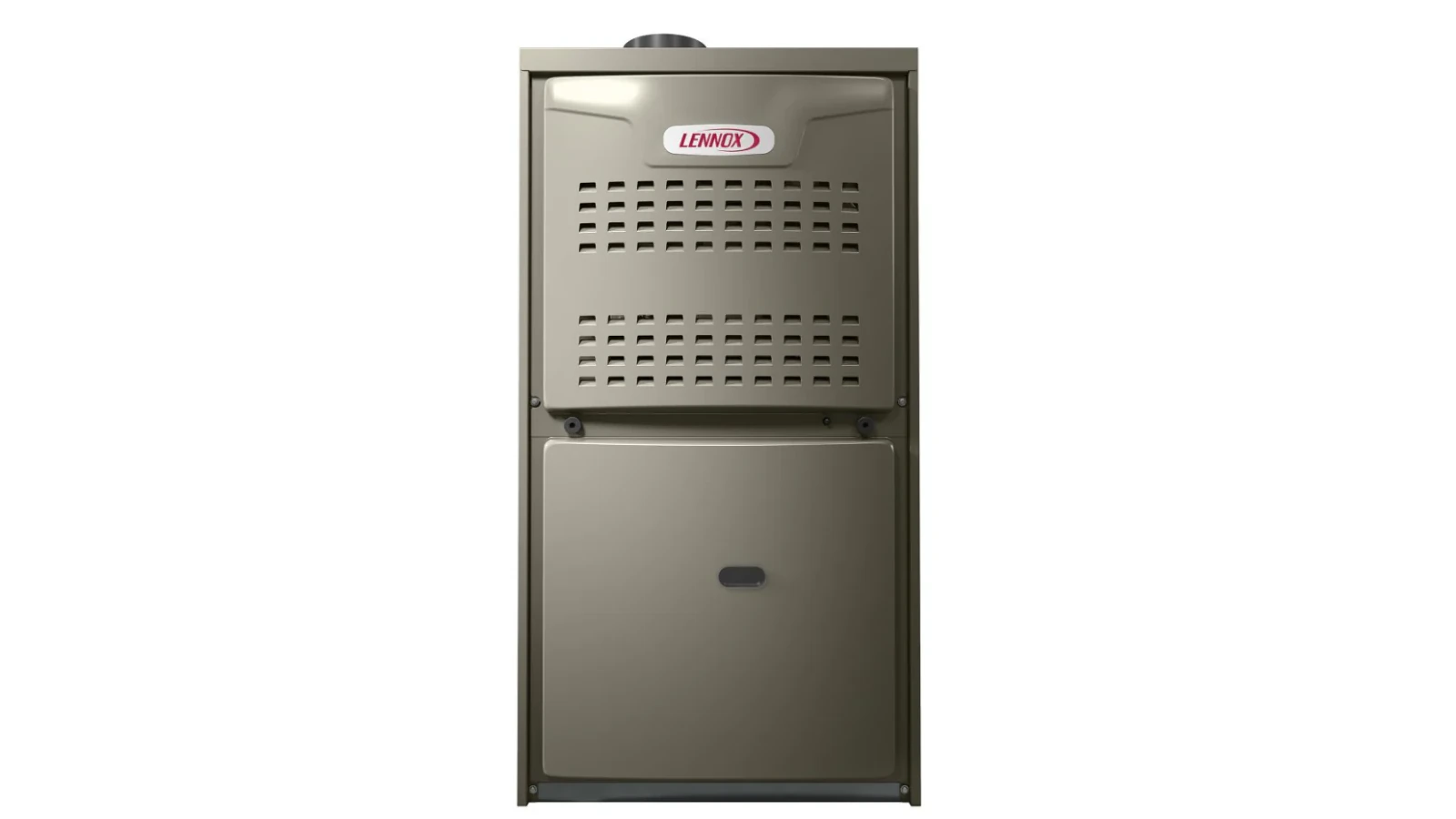
Lennox furnaces use a system of flashing lights to communicate important diagnostic information about their operating status and potential problems. The color and pattern of these lights provide specific insights – a slow flashing red light typically indicates fuel or ignition issues, while both red and green lights flashing quickly means the furnace is starting a heating cycle.
These diagnostic signals help pinpoint common problems like clogged filters, dirty flame sensors, or low flame signals. The light codes serve as a basic troubleshooting guide, allowing homeowners to identify issues before they require expensive repairs.
A properly functioning Lennox furnace displays simultaneous slow flashing lights during normal operation. Understanding these light patterns helps homeowners maintain their heating systems and know when to schedule professional service.
Lennox furnaces are equipped with diagnostic lights that help homeowners and technicians quickly identify issues by displaying specific error codes through flashing LED lights. Understanding these light codes can help troubleshoot common problems and determine when professional help is needed.
Lennox Furnace Light Codes and Their Meanings
✅ Normal Operation Codes
- Solid Red Light – The furnace has power and is functioning normally.
- Slow Flashing Green Light – Normal operation; the system is idle or in standby mode.
- Fast Flashing Green Light – The system is calling for heat and actively running.
⚠️ Common Error Codes
- 1 Flash – Ignition Failure
The furnace failed to ignite. Check the gas supply, igniter, and flame sensor. - 2 Flashes – Pressure Switch Stuck Closed
Indicates the pressure switch didn’t open when it should. Inspect the pressure switch or venting system for blockages. - 3 Flashes – Pressure Switch Stuck Open
The pressure switch remains open when it should be closed. This could be due to a clogged condensate drain or blocked flue. - 4 Flashes – Limit Switch Open
This safety switch prevents overheating. It may trip due to dirty filters, blocked vents, or blower issues. - 5 Flashes – Flame Sensed When No Call for Heat
Indicates that the flame sensor detects a flame when there shouldn’t be one. Could be a stuck gas valve or faulty sensor. - 6 Flashes – Rollout Switch Opened
A safety switch triggered by flame rollout. Requires immediate attention as it can be a serious hazard. - 7 Flashes – Low Flame Sense
The flame sensor isn’t detecting a strong flame. It may need cleaning or replacement.
⚡ Advanced Fault Codes
- 8 Flashes – Ignition Lockout
After multiple failed ignition attempts, the furnace locks out for safety. Reset the system, but if the issue persists, professional repair is needed. - 9 Flashes – Reversed Polarity
The wiring may be reversed, which can prevent proper operation. Requires an electrician to fix. - 10 Flashes – Internal Control Fault
The control board has detected a malfunction. Likely needs professional diagnosis and repair. - Continuous Fast Flashing – Line Voltage Polarity Issue
Incorrect wiring could be the cause, leading to potential system failure if not corrected.
🔧 Troubleshooting Tips
- Reset the Furnace: Turn the furnace off and on at the breaker to clear some minor issues.
- Check Air Filters: Dirty filters can cause overheating and trigger error codes.
- Inspect Vents and Flues: Blockages can affect airflow and pressure switches.
- Clean Flame Sensor: A dirty flame sensor is a common cause for ignition-related errors.
- Check Thermostat Settings: Ensure it’s calling for heat and functioning correctly.
⚡ When to Call a Professional
- If error codes persist after basic troubleshooting.
- For complex issues like gas valve problems or electrical faults.
- When safety-related codes (like flame rollout) appear.
By understanding these Lennox furnace light codes, you can address minor issues yourself and know when it’s time to call an HVAC professional. Always prioritize safety and consult the user manual for model-specific codes.
Key Takeaways
- LED light codes on Lennox furnaces indicate specific system problems and operating conditions
- Regular maintenance prevents many common issues that trigger warning lights
- Quick identification of light codes helps avoid costly emergency repairs
Understanding Lennox Furnace Error Codes
LED light codes and error signals on Lennox furnaces help identify system problems quickly. These diagnostic indicators use specific flash patterns and colors to communicate different issues.
Deciphering LED Light Codes
The red LED light on a Lennox furnace communicates system status through distinct flash patterns. A steady red light indicates normal operation with the furnace running properly.
One flash repeating signals a system lockout requiring a reset. Two flashes point to pressure switch problems or a blocked exhaust vent.
Three flashes indicate an issue with the pressure switch staying closed. Four flashes signal problems with the limit switch or rollout switch.
Common Error Code Meanings
A blinking red light often relates to fuel or ignition system problems. Common causes include:
Filter Issues:
- Clogged air filters restricting airflow
- Dirty flame sensors preventing proper operation
- Blocked exhaust vents
System Faults:
- E230: Flame sensor malfunction
- E229: Ignition failure
- E250: Limit switch error
Regular maintenance prevents many error codes. Replacing filters monthly during peak usage keeps the system running smoothly. Professional inspection helps catch problems early before they trigger fault codes.
Professional service is needed for electrical or gas-related error codes. DIY fixes work for simple issues like filter changes or flame sensor cleaning.
Troubleshooting Common Lennox Furnace Issues
Addressing common Lennox furnace problems requires systematic diagnosis and targeted solutions, with most issues stemming from sensor malfunctions, mechanical failures, or fuel delivery problems.
Addressing Flame Sensor and Ignitor Problems
A dirty flame sensor can cause the furnace to shut down prematurely. Clean the sensor with fine-grit sandpaper or steel wool every 6-12 months.
Common Flame Sensor Issues:
- Weak or no flame detection
- Frequent cycling
- Short run times
The hot surface ignitor needs careful handling during maintenance. Replace it if cracks appear or if it fails to glow bright orange during startup.
Quick Ignitor Checks:
- Visual inspection for damage
- Resistance testing with multimeter
- Verification of proper positioning
Dealing with Blower and Motor Difficulties
Blower motor problems often manifest as unusual noises or inadequate airflow. Regular lubrication of motor bearings prevents premature wear.
Signs of Motor Issues:
- Squealing or grinding sounds
- Delayed startup
- Uneven heating
Check the blower wheel for debris accumulation. A clean wheel ensures proper air distribution and prevents system strain.
Motor capacitor failure can cause intermittent operation. Test capacitor functionality with a multimeter if the motor struggles to start.
Gas Supply and Valve Related Issues
Low gas pressure reduces heating efficiency and may prevent proper ignition. The gas valve should open smoothly and close completely.
Gas System Checks:
- Verify gas supply pressure
- Inspect valve connections
- Test valve solenoid operation
A blocked gas line or faulty pressure regulator can cause inconsistent heating. Professional inspection is recommended for gas-related problems.
Electrical and Control Board Challenges
Circuit board problems can trigger various error codes. Check for loose connections and signs of electrical damage.
Common Electrical Issues:
- Blown fuses
- Tripped circuit breakers
- Damaged wire connections
Test voltage outputs at the control board terminals. Replace the board if multiple functions fail despite good connections.
Pressure and Limit Switch Errors
Pressure switch failures prevent furnace operation. Clean the pressure switch tubing and check for proper switch activation.
Safety Switch Checklist:
- Pressure switch operation
- High limit switch continuity
- Rollout switch status
Blocked vents or cracked heat exchangers can trigger limit switch errors. Keep venting systems clear and inspect heat exchanger integrity annually.
Condensate blockages in high-efficiency models may activate pressure switches. Clear drain lines regularly to prevent switch-related shutdowns.
Maintaining Your Lennox Furnace
Regular maintenance keeps a Lennox furnace running efficiently and prevents common issues like blinking light errors from developing. Professional inspections combined with simple DIY tasks protect the system’s components.
Filters and Airflow
Clean air filters are essential for proper furnace operation. A dirty or clogged filter restricts airflow, making the system work harder and potentially triggering error codes.
Replace standard 1-inch filters every 30-60 days. High-efficiency filters can last 6-12 months. Write the installation date on the filter frame as a reminder.
Monthly Filter Check List:
- Inspect filter for visible dirt and debris
- Hold filter up to light – replace if you can’t see through it
- Check for tears or damage
- Vacuum around filter housing
The blower wheel needs annual cleaning by an HVAC technician. Dust buildup reduces airflow and efficiency.
Professional Maintenance Tasks:
- Clean flame sensor
- Test limit switches
- Check gas pressure
- Inspect heat exchanger
- Clean blower components
- Verify proper airflow
Frequently Asked Questions
Lennox furnace light codes help identify system problems through different colored LED patterns, with each sequence indicating specific issues that require attention.
How can I interpret the flashing red light codes on my Lennox furnace?
A blinking red light typically signals problems with the fuel, ignition, or flame-proving system. The speed and pattern of the flashing provide specific error information.
Common causes include clogged air filters that need replacement and dirty flame sensors requiring cleaning.
What do the different colors of flashing lights signify on a Lennox heating system?
Red and green lights work together to communicate system status. A slow red flash with a quick green flash often indicates flame sensor issues.
A solid green light with a slow red flash points to an open high limit switch problem.
Where can I find a comprehensive error code list for Lennox furnaces?
The furnace’s access panel contains a detailed code chart for quick reference.
Lennox provides complete documentation in the owner’s manual and through their official website.
What steps should be taken to read and understand Lennox furnace error codes?
Count the number of flashes in each sequence and note the color combination of lights.
Match the observed pattern to the error code chart on the unit or in the manual.
Can flashing lights on my furnace indicate a serious issue and how should I respond?
Flashing lights can signal problems ranging from minor maintenance needs to significant safety concerns.
Turn off the furnace and contact a certified technician if lights indicate flame failure or gas pressure issues.
Is there a reference manual available for troubleshooting Lennox furnace light codes?
Each Lennox furnace model includes a detailed manual with troubleshooting guides and light code explanations.
Digital copies of manuals are available on the Lennox website by entering the model number.

